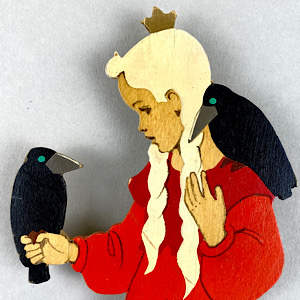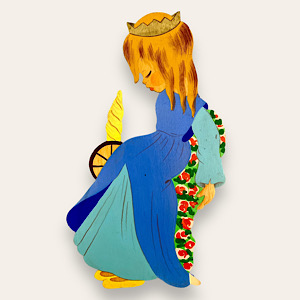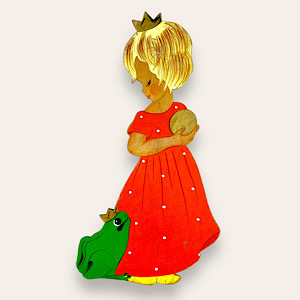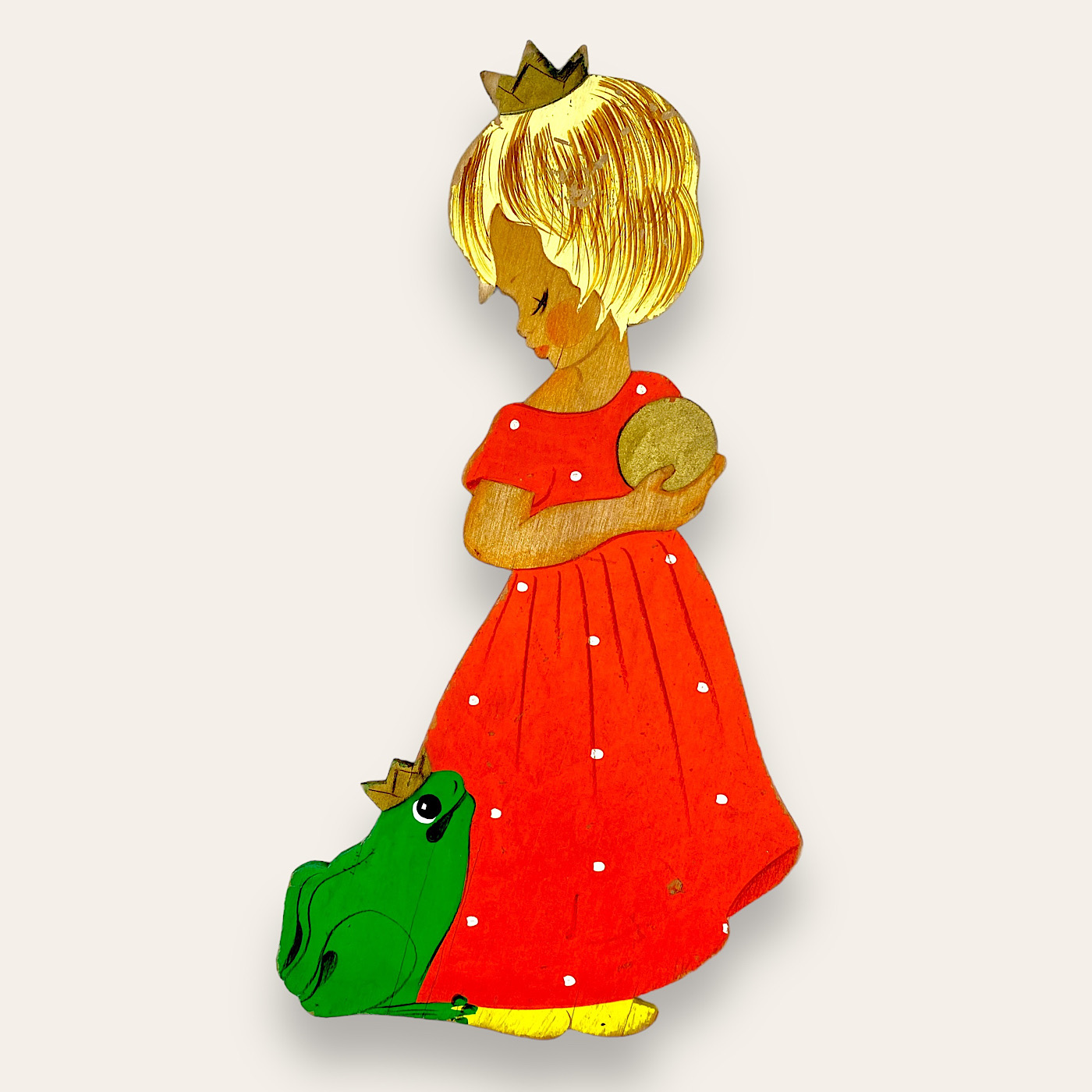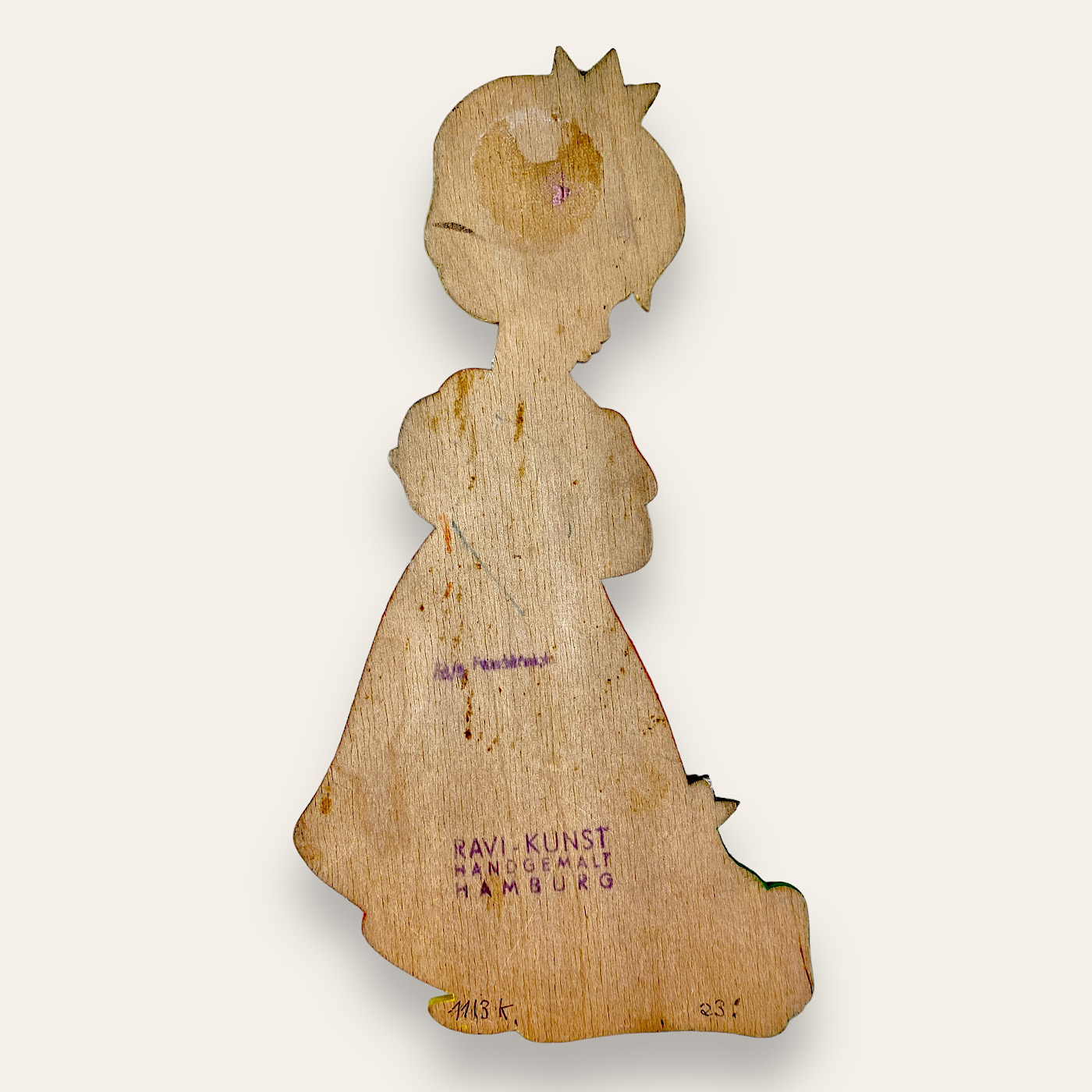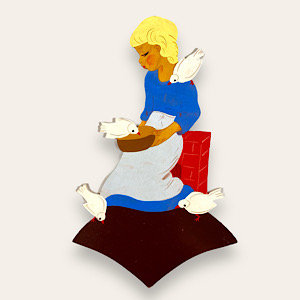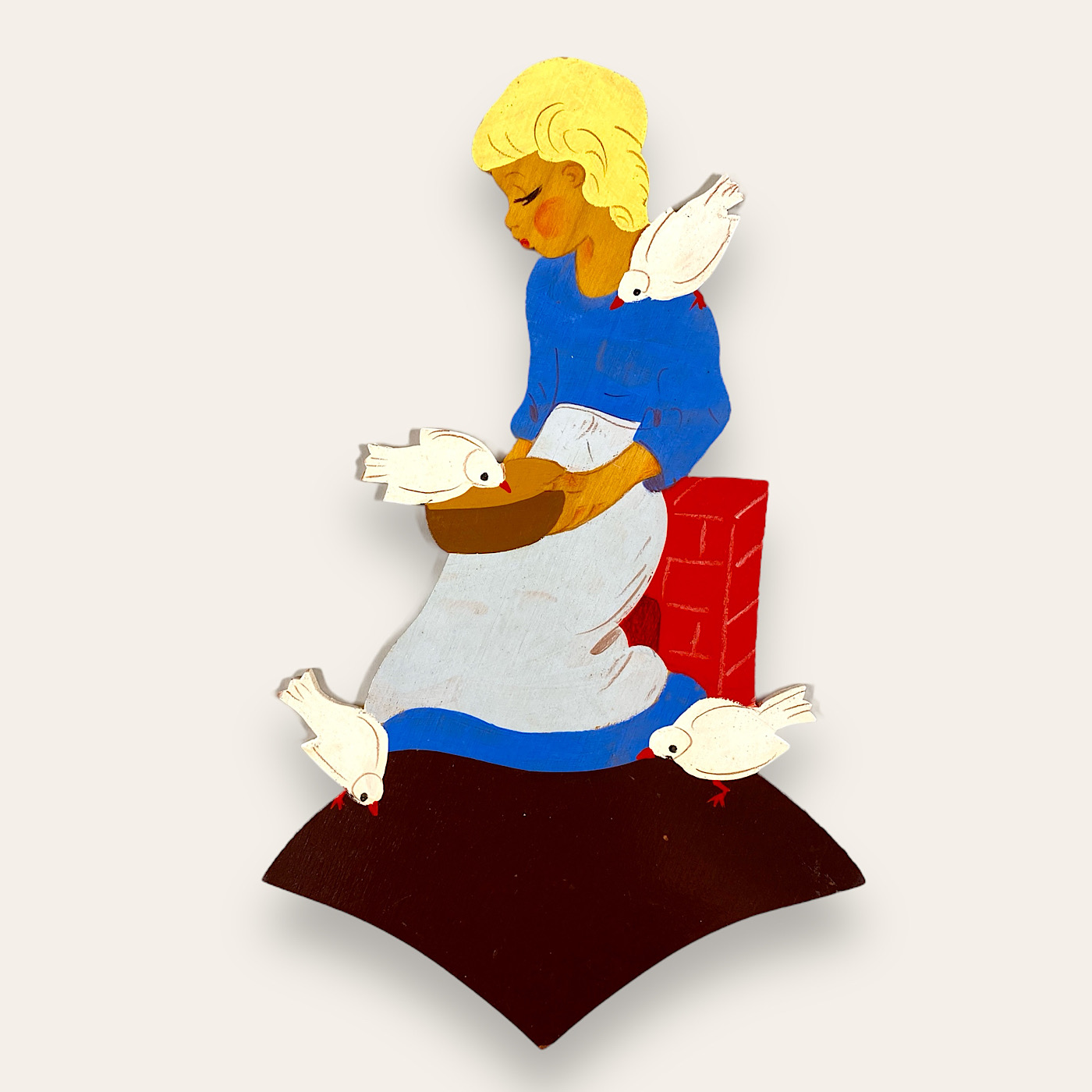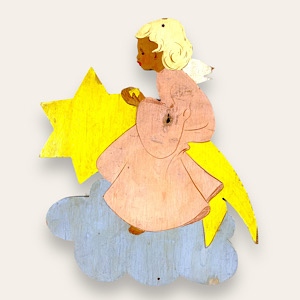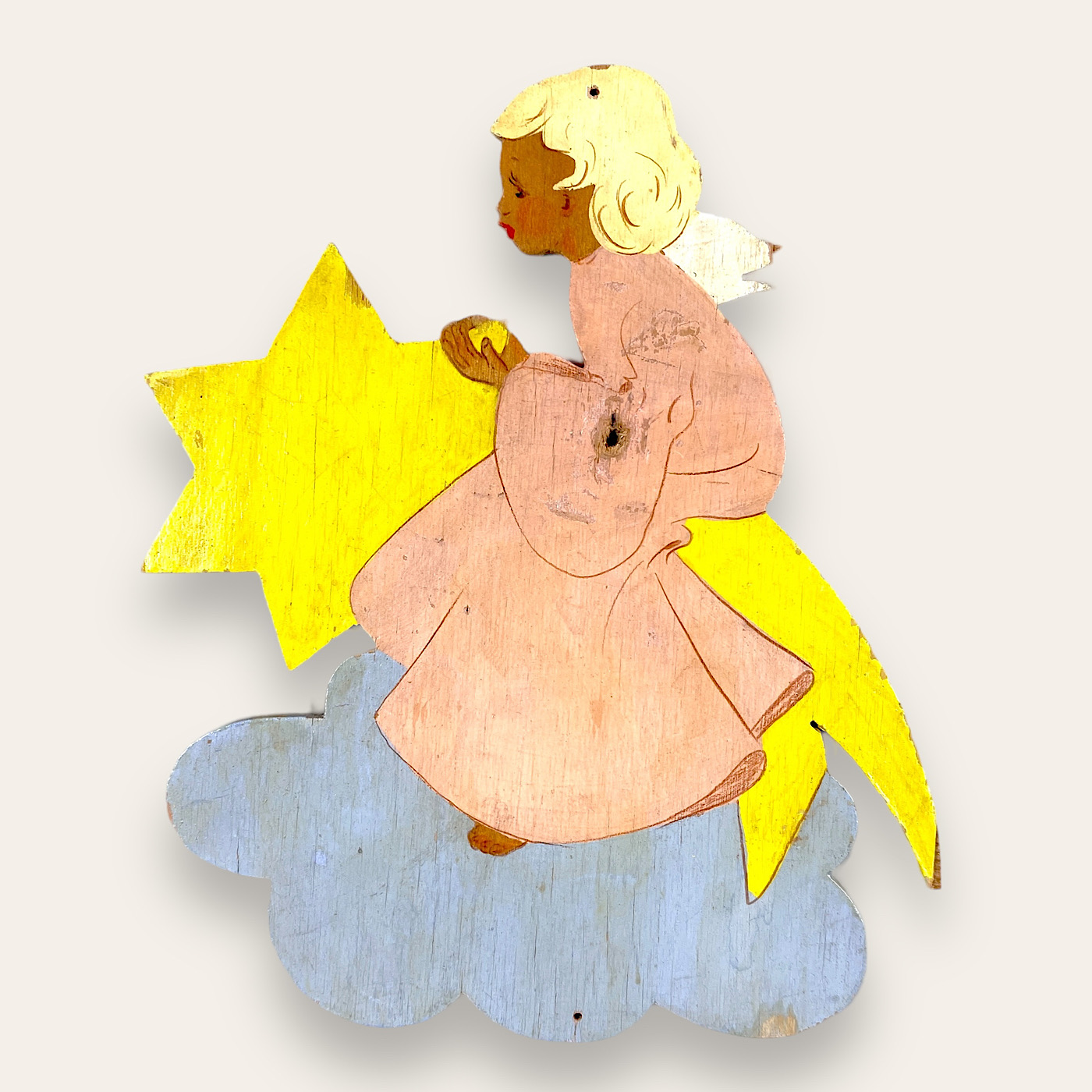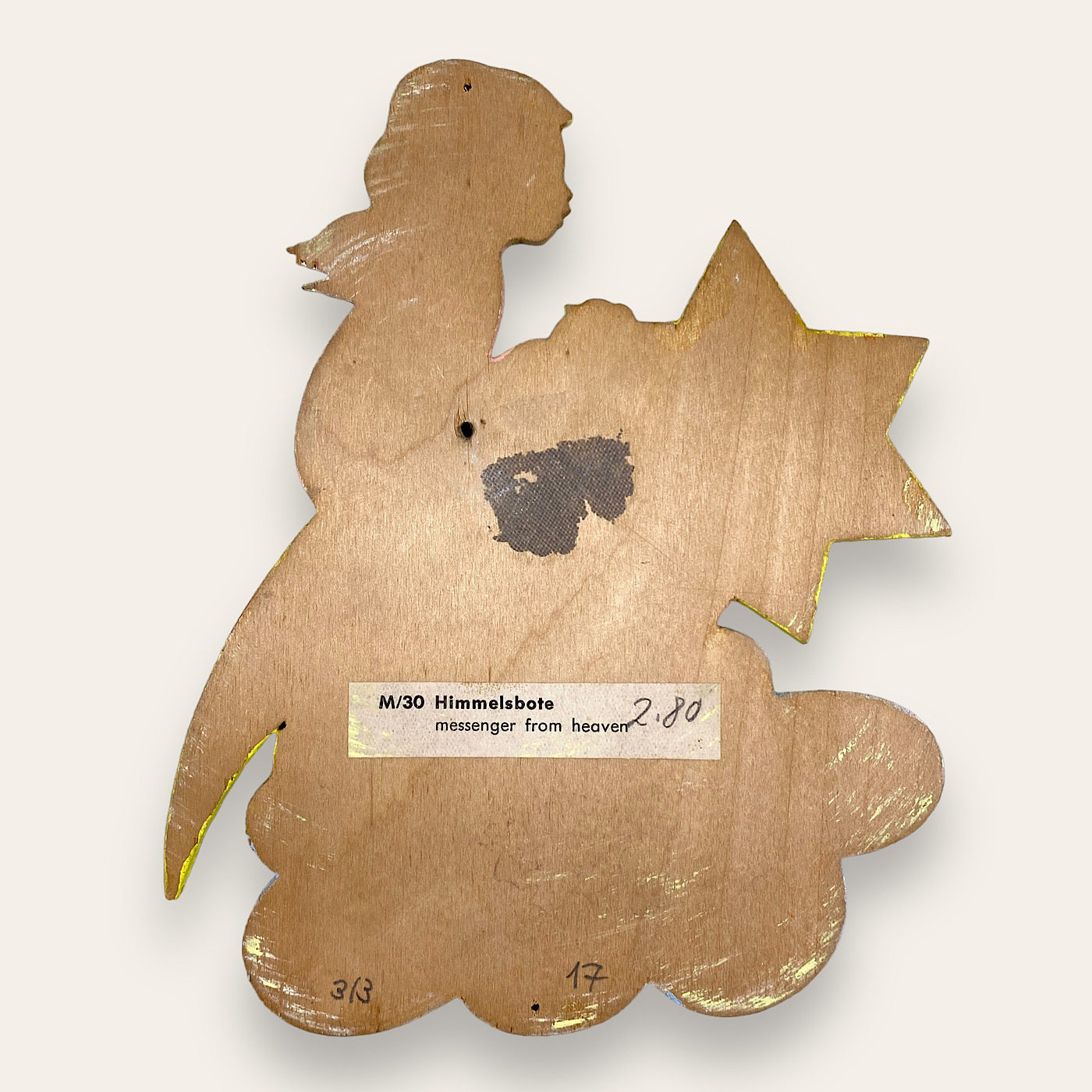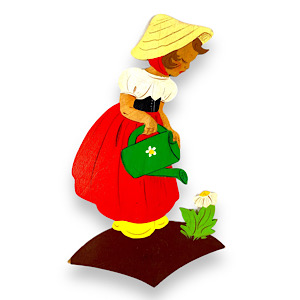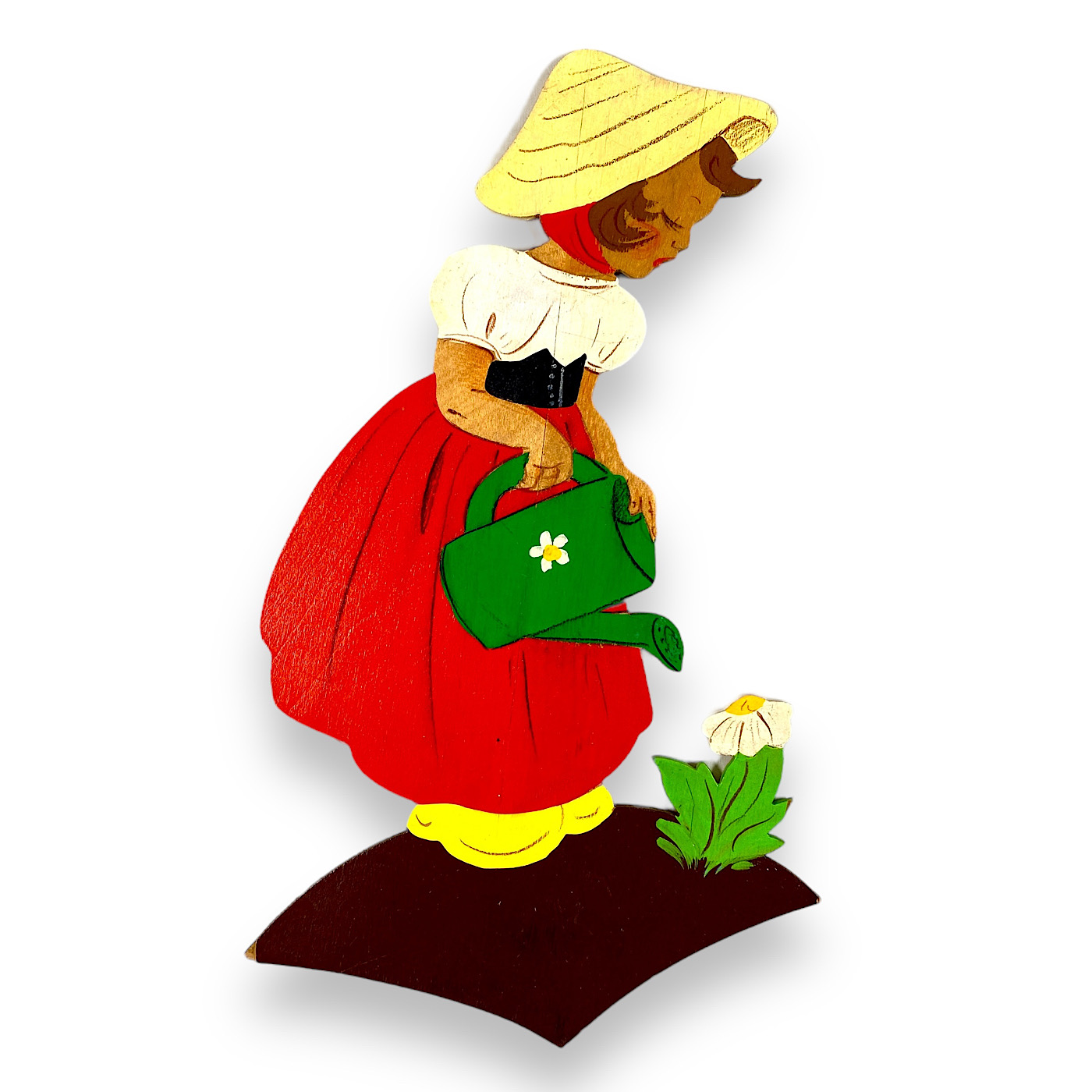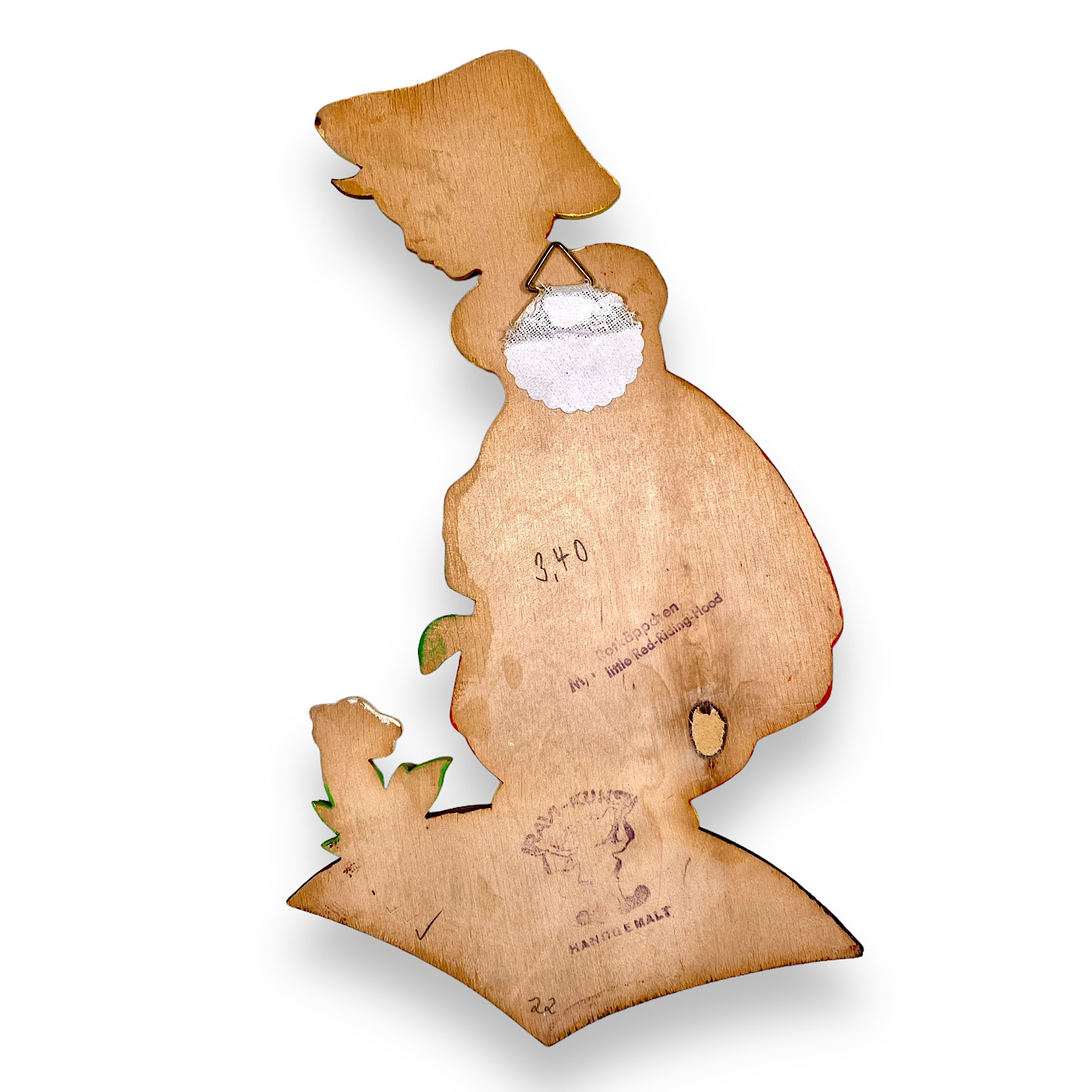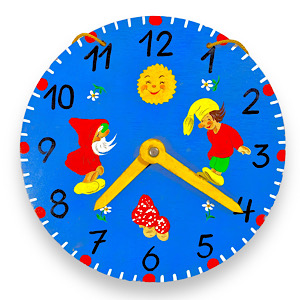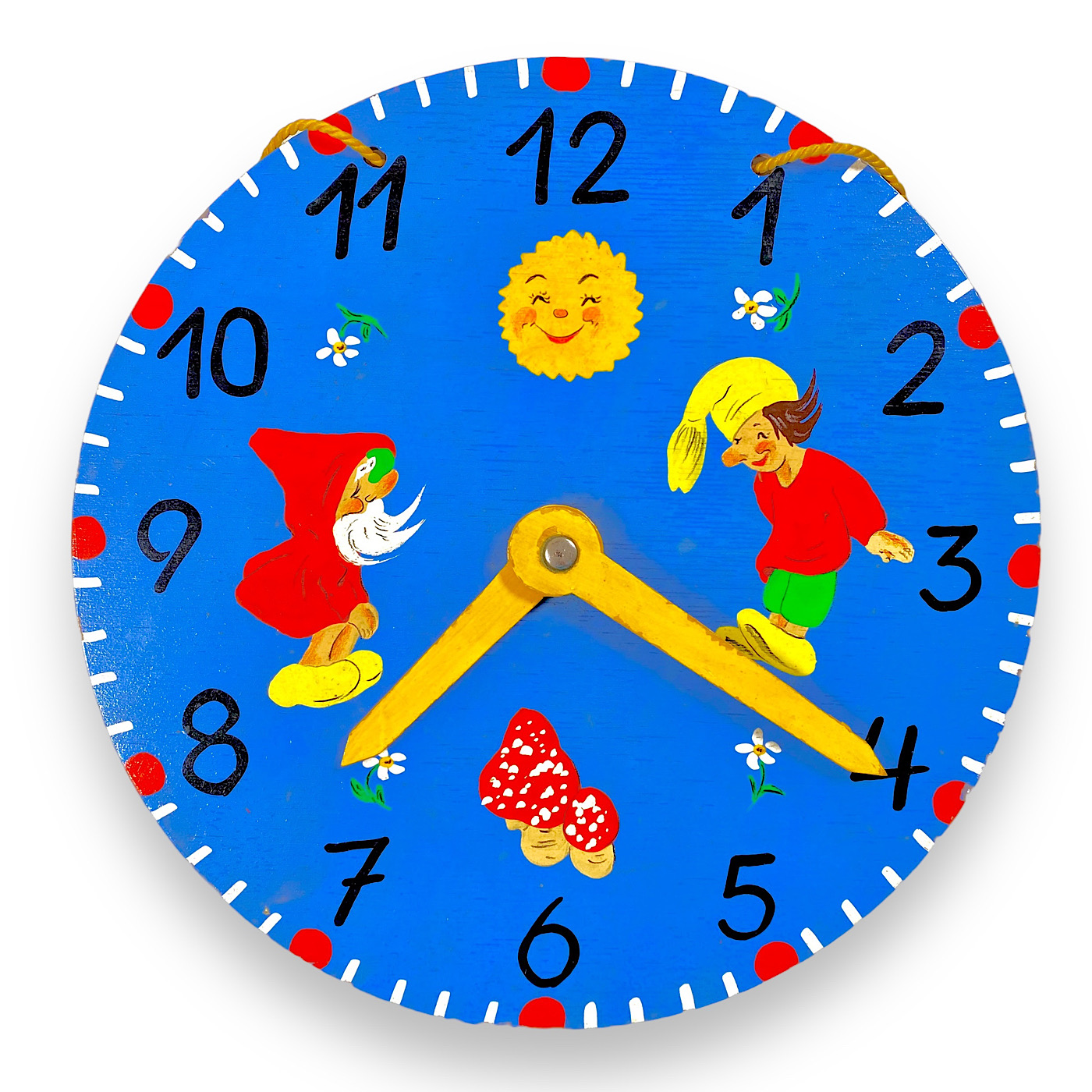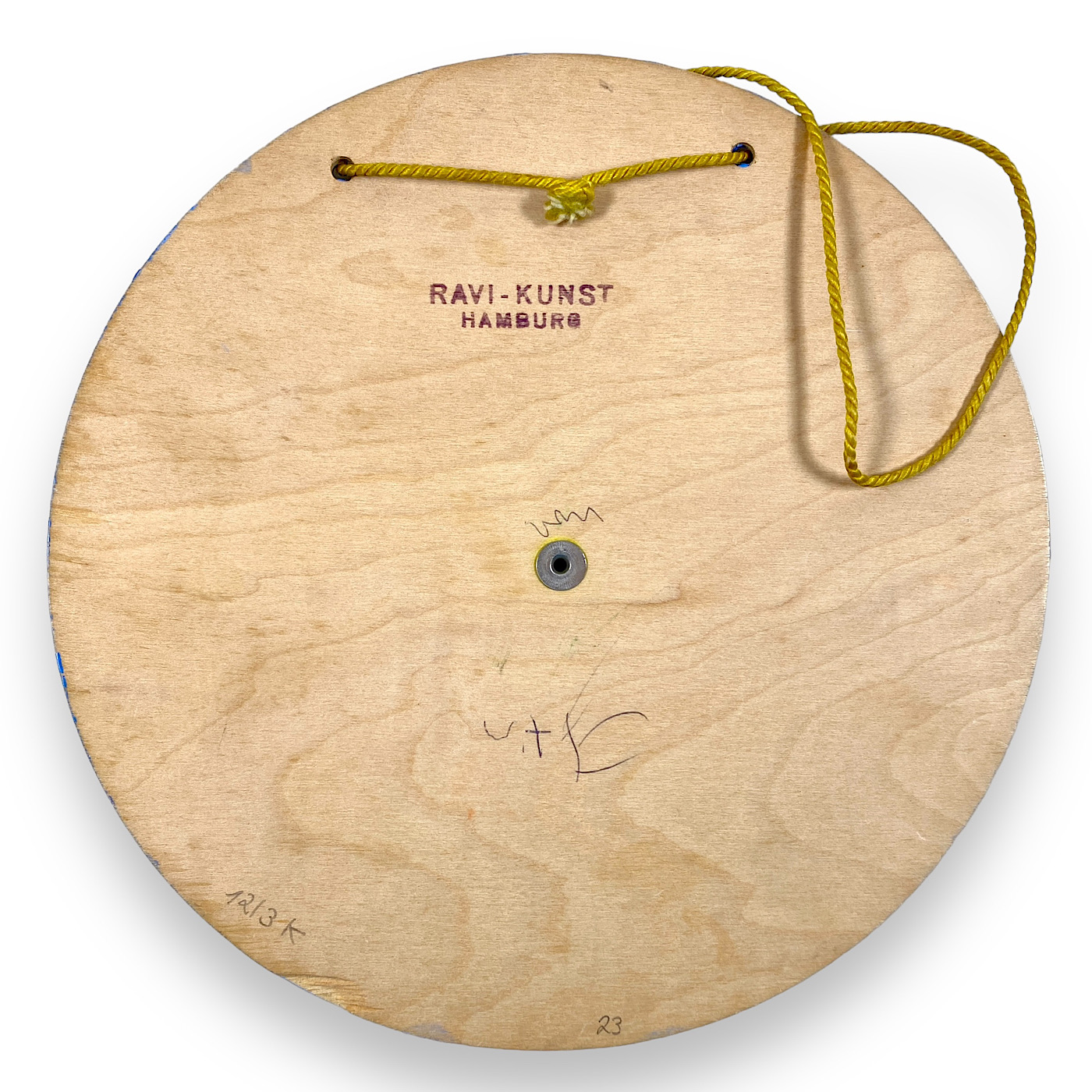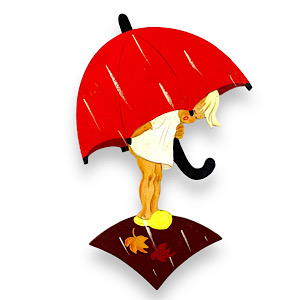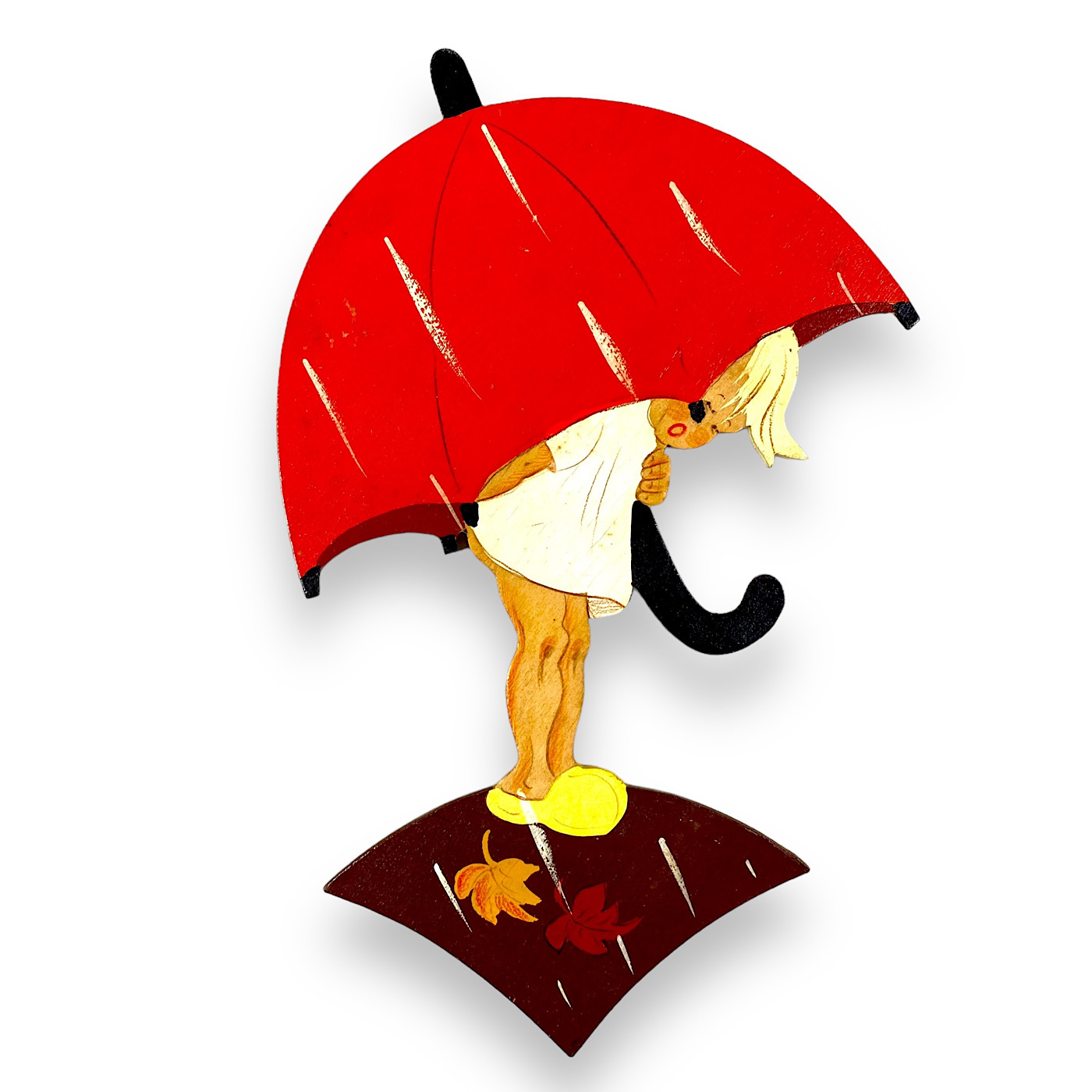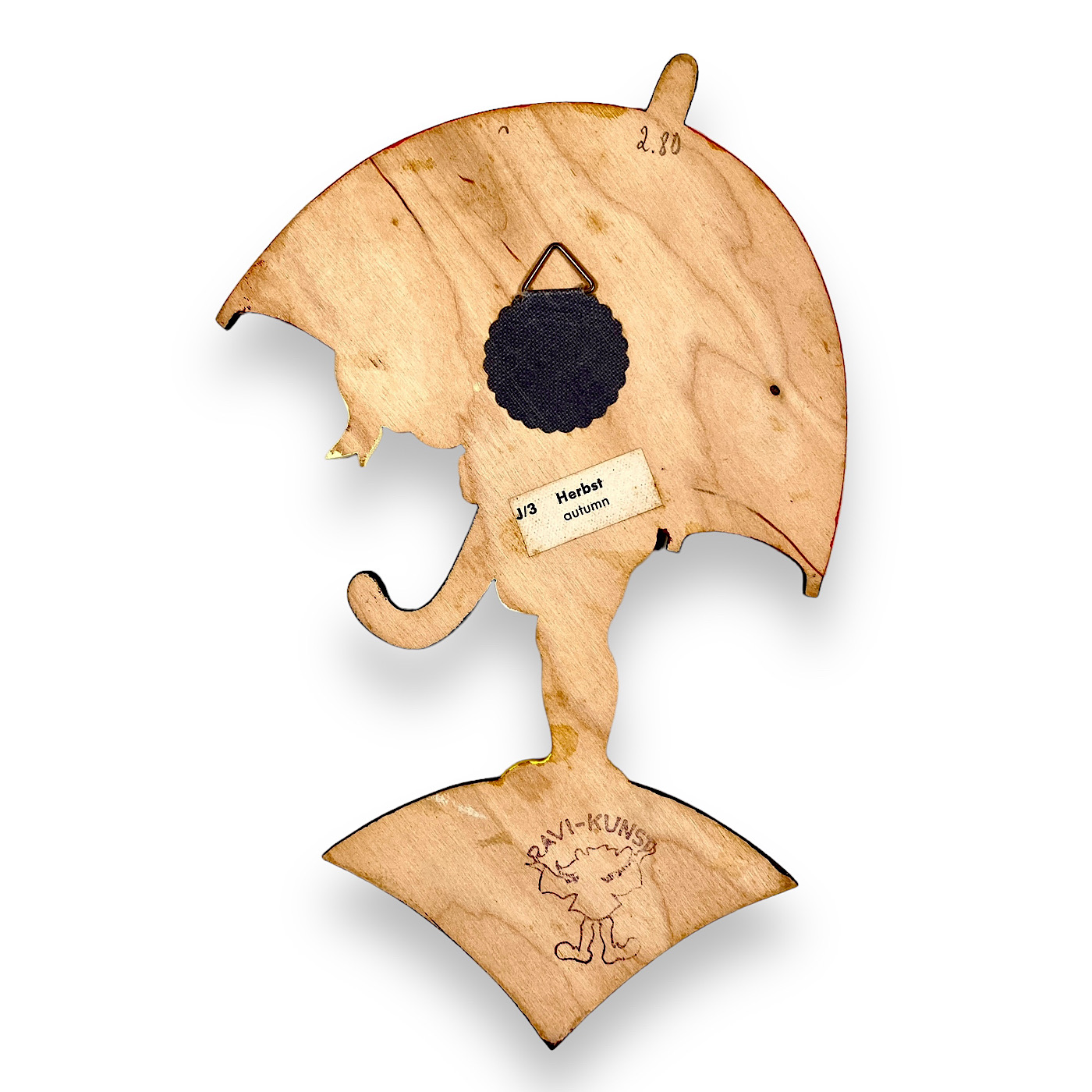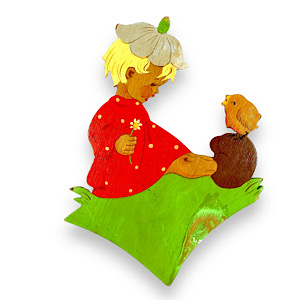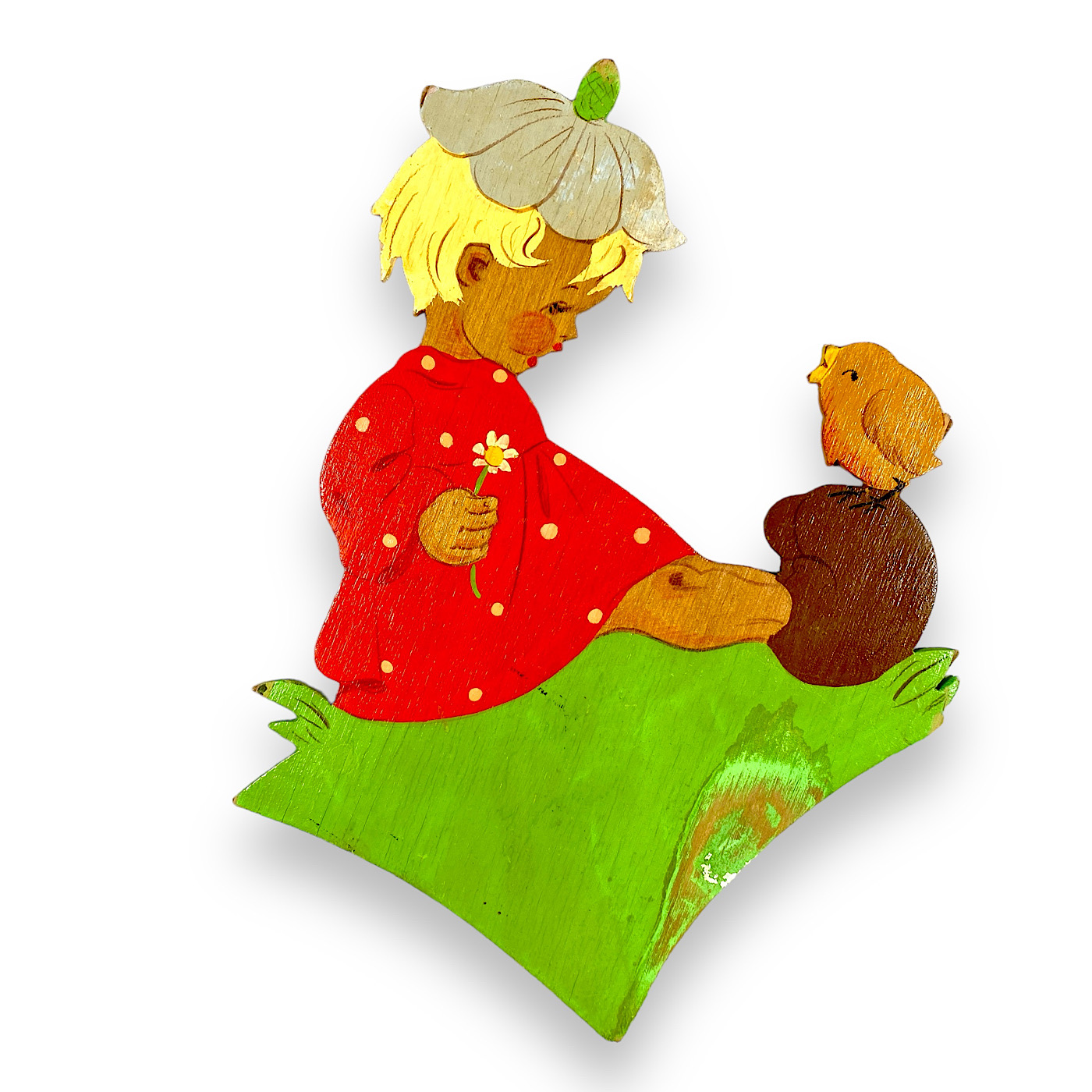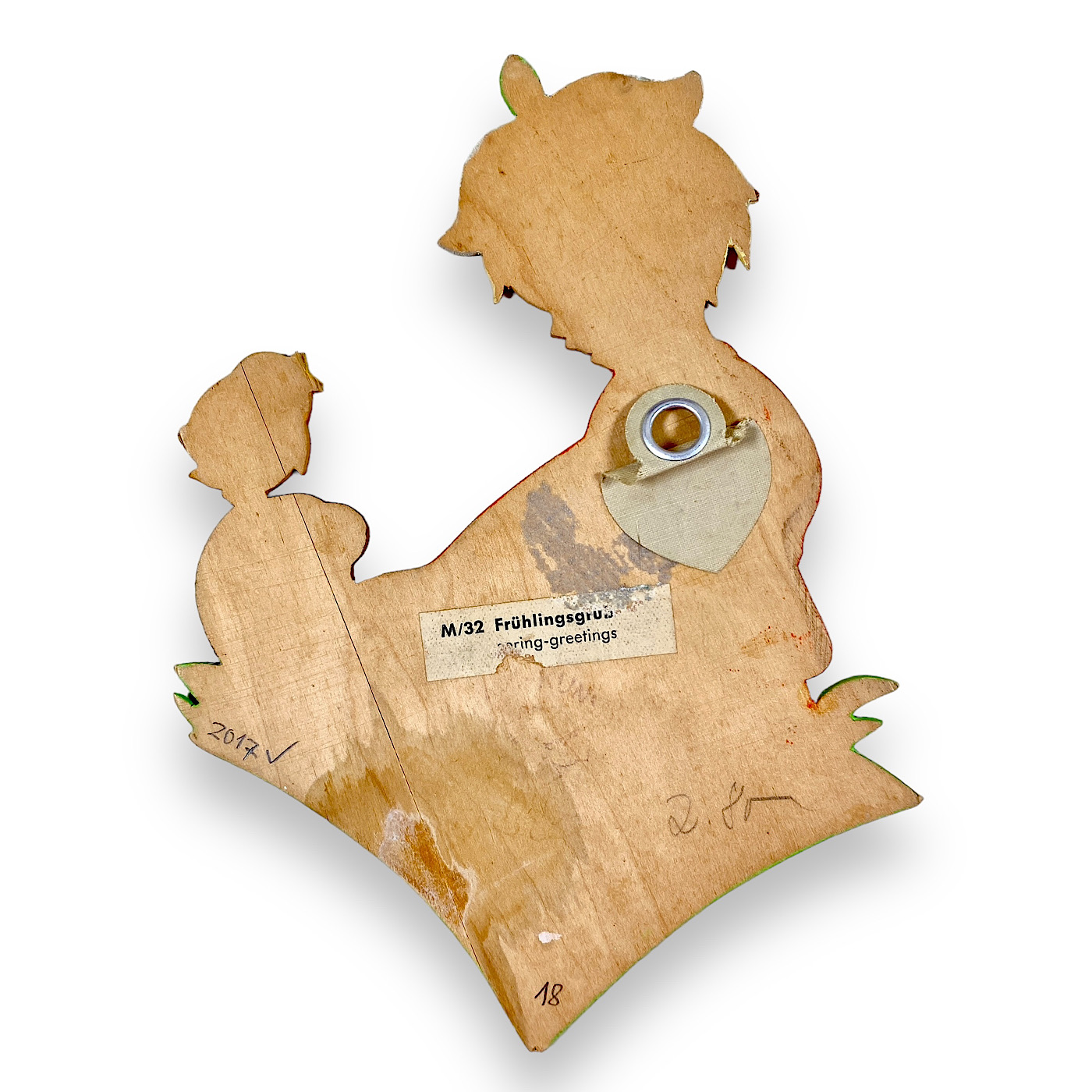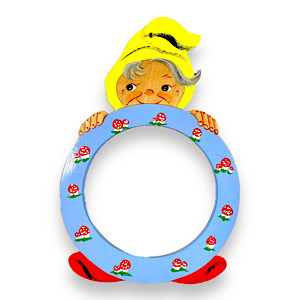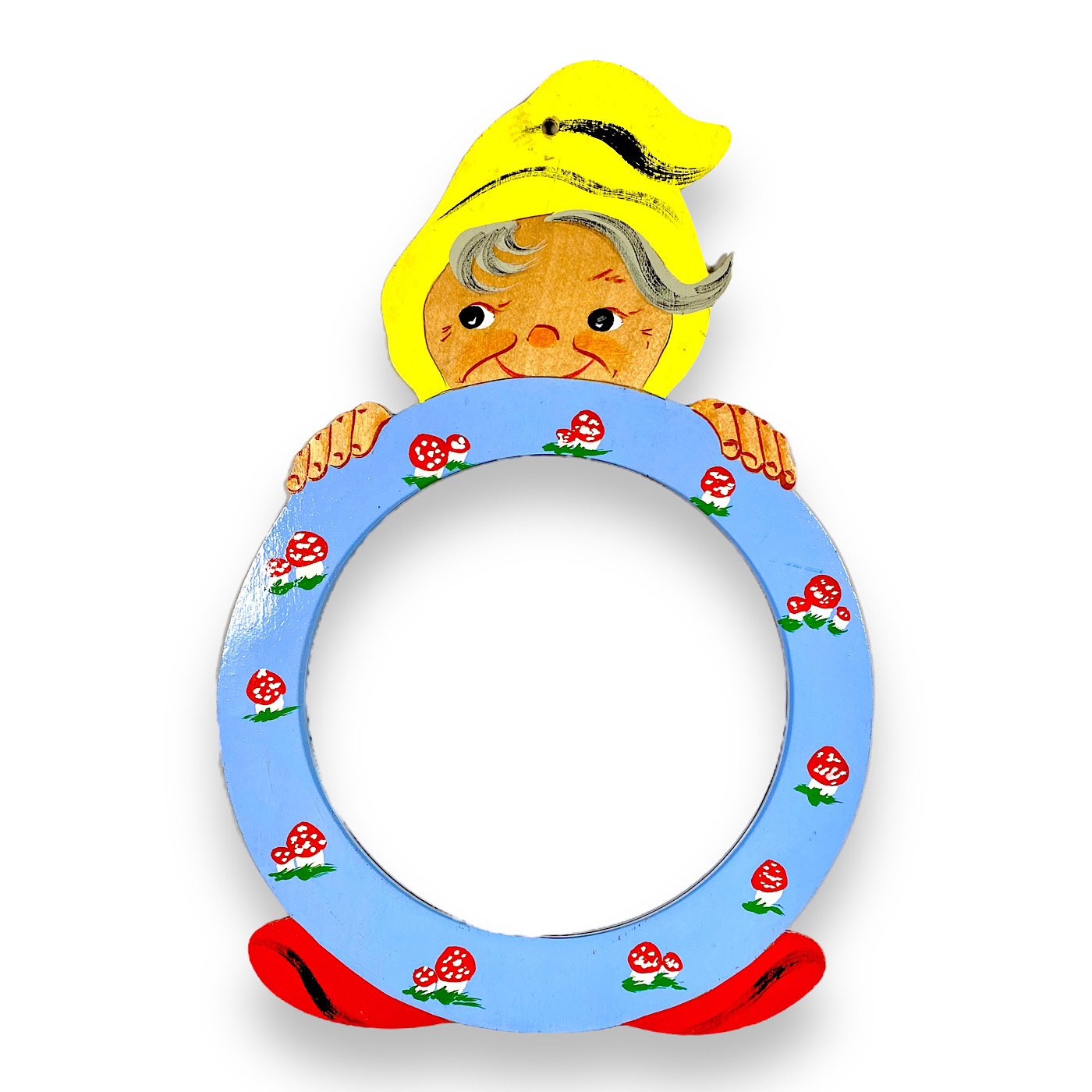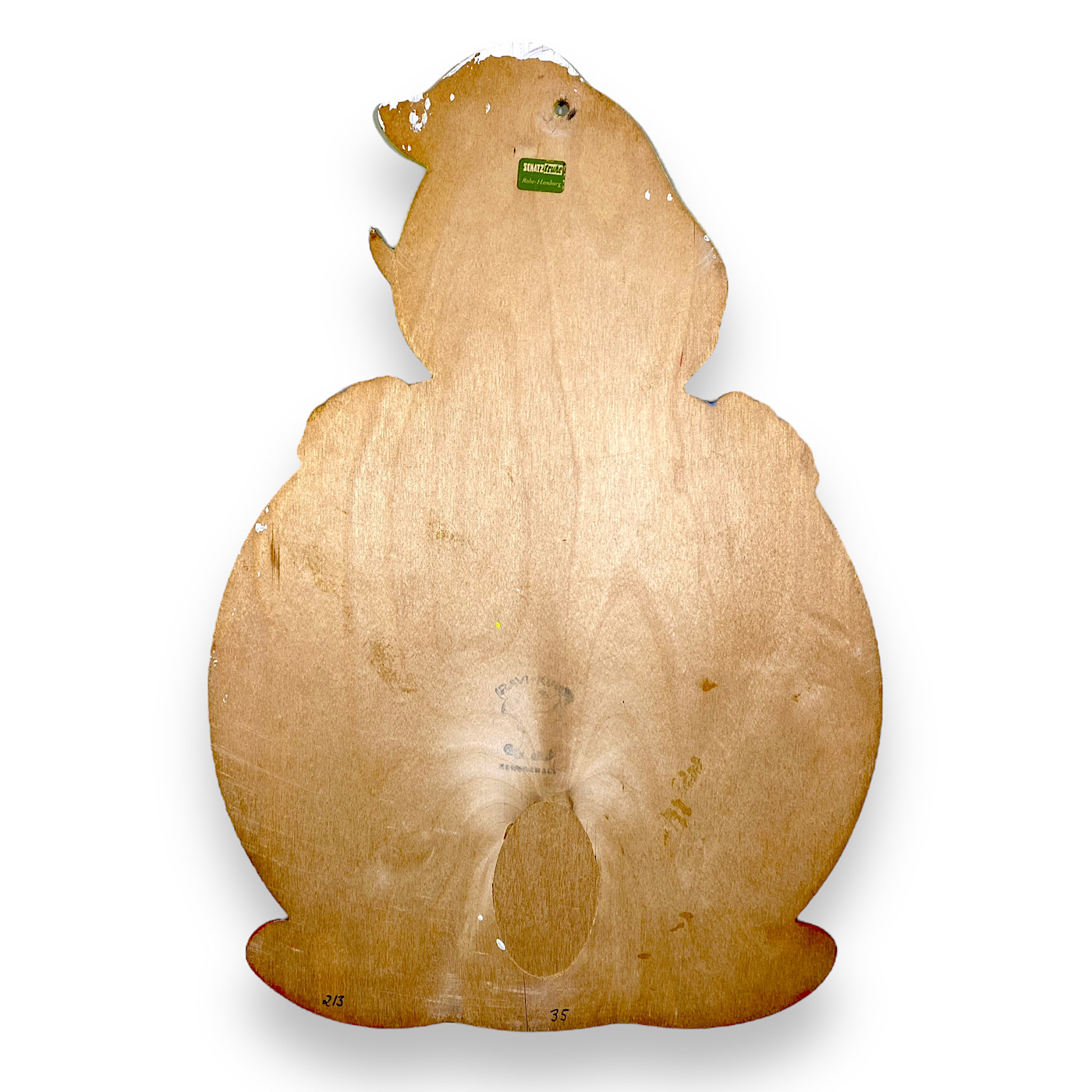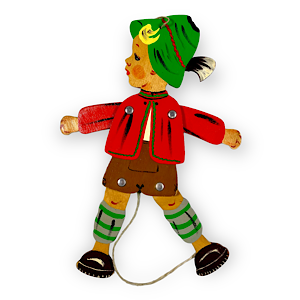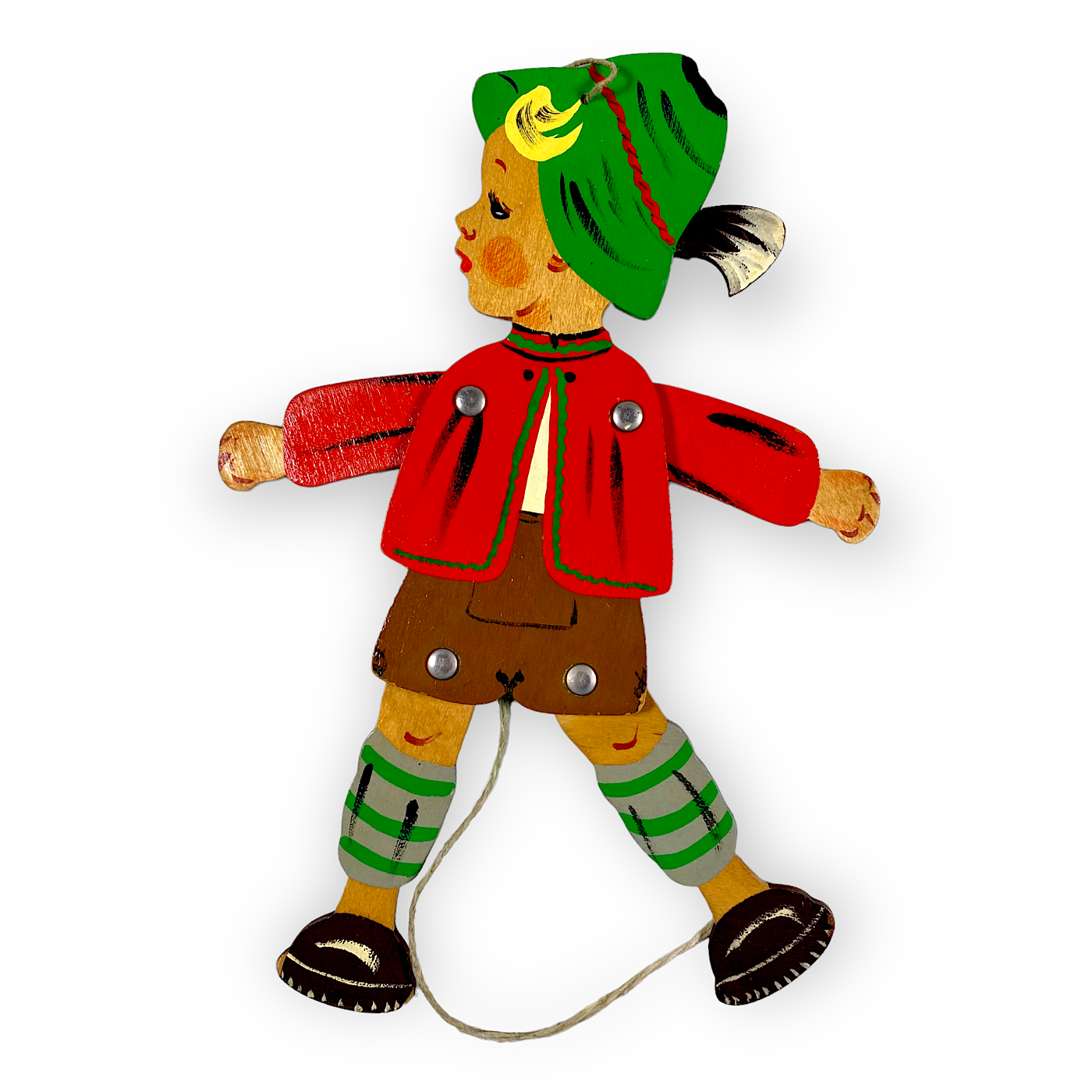1960er Ravi-Kunst: Vintage rothaariges Dornröschen mit breiter Krone und ohne Sockel, Handbemalt, 24 cm, Märchen-Holzbild 🇬🇧 1960s Ravi-Kunst: Vintage Red-haired Sleeping Beauty with Wide Crown and Without Base, Hand-painted, 24 cm, German Wall Figure
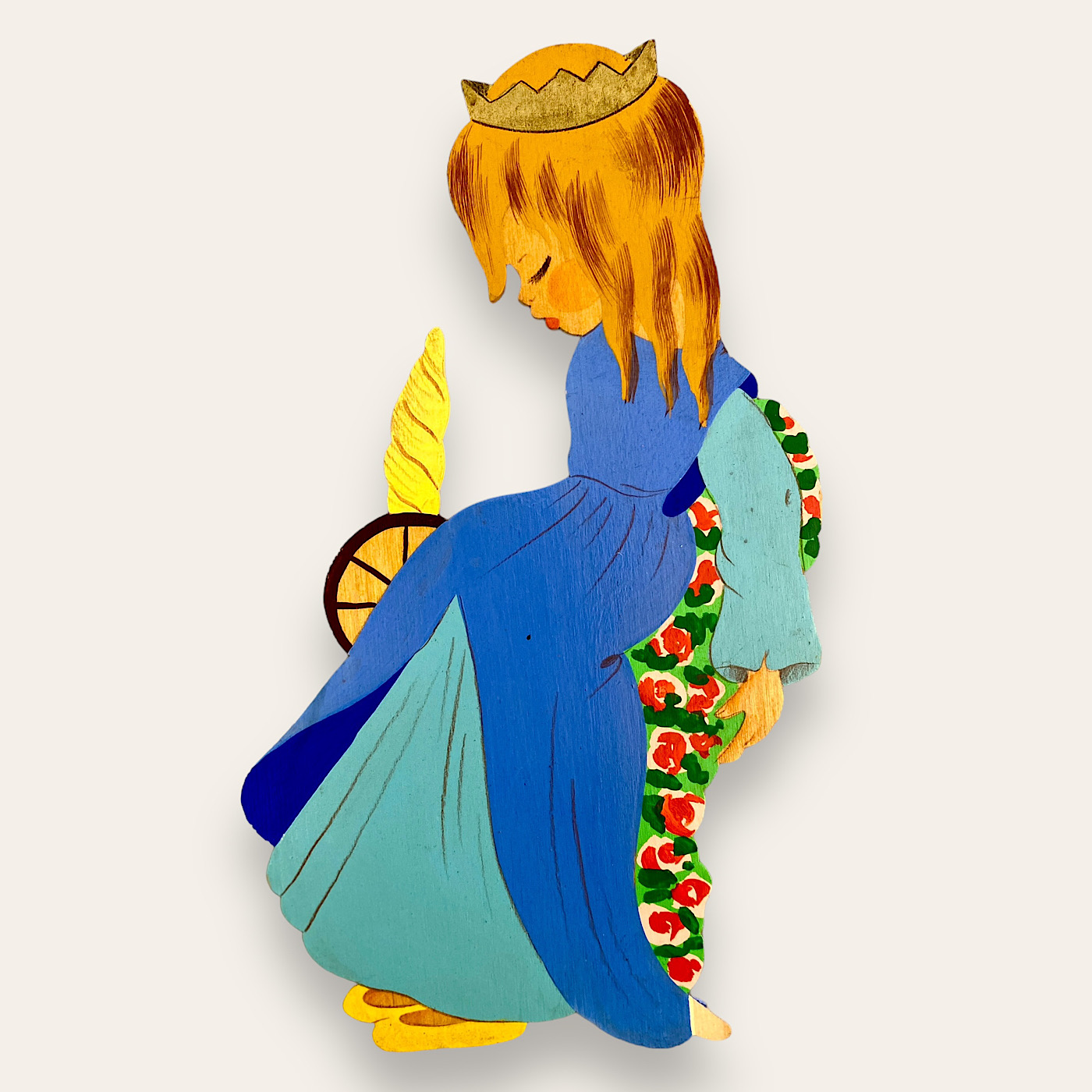
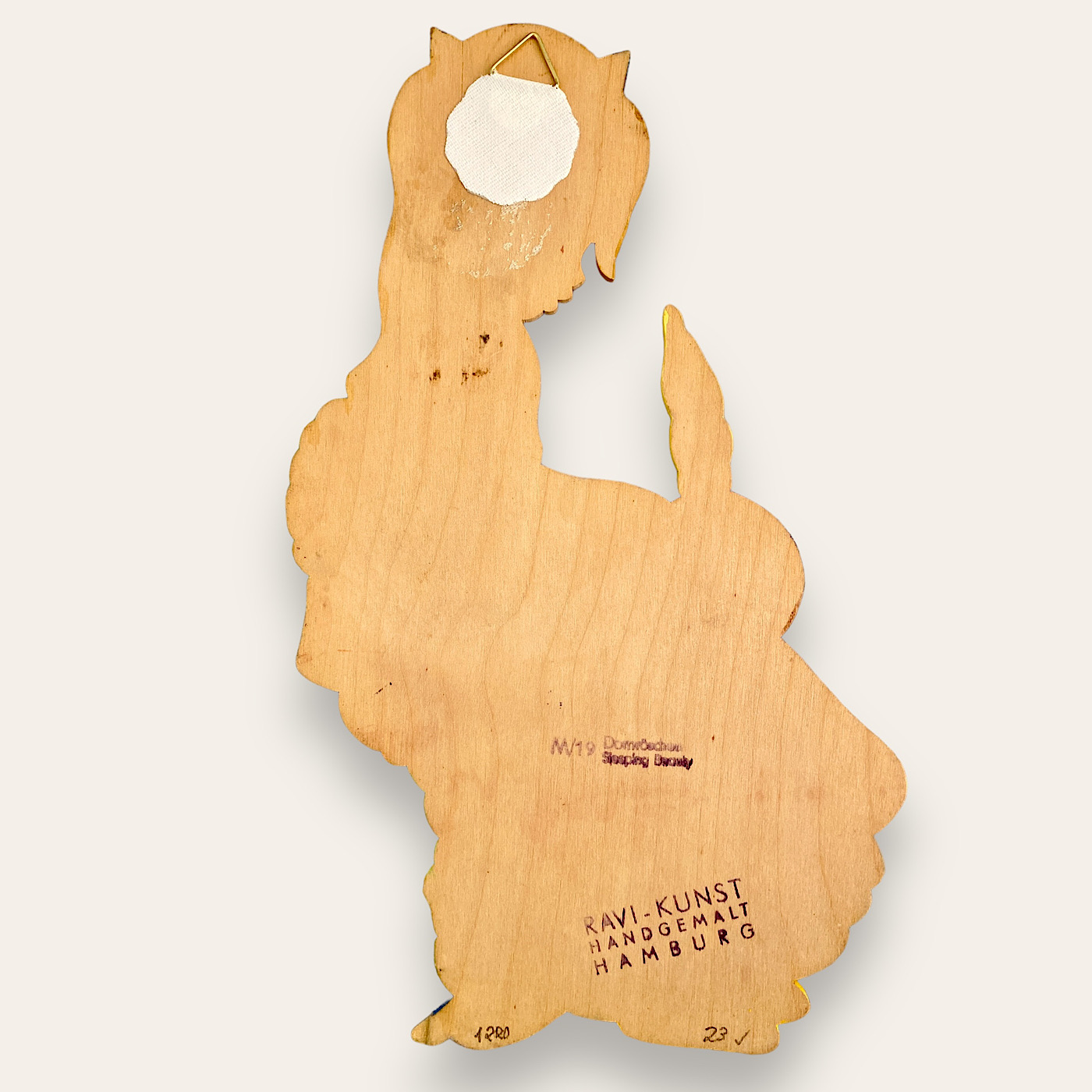
RAVI, HAPTIK-KÖNIGINNEN: Erna Rath und Lisa Viertel von Ravi-Kunst ist es gelungen, die allerschönste Holzbild-Haptik zu gestalten, besonders bei den späteren Figuren aus den Fünfziger- und Sechzigerjahren. Die Figuren liegen wunderbar in der Hand, da die Oberfläche so schön glatt ist: Das lag an der Handbemalung und der dicken Lackschicht, aber auch an der hochwertigen, weichen und glatten Holzqualität. So kann man die beiden Ravi-Damen durchaus als Königinnen der Holzbild-Haptik bezeichnen, denn ihre Figuren fühlen sich einfach wunderschön an.
🇬🇧 RAVI, QUEENS OF HAPTICS: Erna Rath and Lisa Viertel of Ravi-Kunst created the most beautiful wood plaque haptics, especially with their later German Wall Figures from the Fifties and Sixties. The figures feel wonderful in your hands, mainly because the surface is so smooth: That is due to the fact that every figure was hand-painted with a thick lacquer layer, but also because of the high-quality, soft, and smooth wood. So you can really call both of the Ravi ladies the queens of haptics: Their wall figures feel wonderful! (Buch/25)
